PBS Eons
(2017)Streaming Episode Guide

Season 2022
Here are two ways to get a fossil species named after you. #shorts
Episode 68 - 10-14-2022


Neandertals weren’t dumb cavemen. In lots of ways, they were just like us. #shorts
Episode 67 - 10-10-2022


Darwin correctly predicted an animal existed without ever seeing it. #shorts
Episode 66 - 10-07-2022


Imagine a cat's mouth fully covering up their saber teeth. #shorts
Episode 65 - 10-05-2022


Our Ancient Relative That Said 'No Thanks' To Life On Land
Episode 64 - 10-04-2022


Where Did Water Come From?
Episode 63 - 9-27-2022


Did Megalodon go after whale faces specifically? #shorts
Episode 62 - 9-22-2022


When did we start wearing clothes? #shorts
Episode 61 - 9-17-2022


Our extinct relative was an ancient leopard’s lunch. #shorts
Episode 60 - 9-16-2022


Are wisdom teeth a problem for us because of evolution? Or because of our development? #shorts
Episode 59 - 9-14-2022


Did this animal poop cubes? Giant cubes? #shorts
Episode 58 - 9-13-2022


A bunch of very important fossils disappeared during WWII. #shorts
Episode 57 - 9-09-2022


A supervolcano in Idaho once caused a disaster 900 miles away. #shorts
Episode 56 - 9-08-2022


Did you know that fossils can get sick? #shorts
Episode 55 - 8-31-2022


The Fungi That Turned Ants Into Zombies
Episode 54 - 8-23-2022

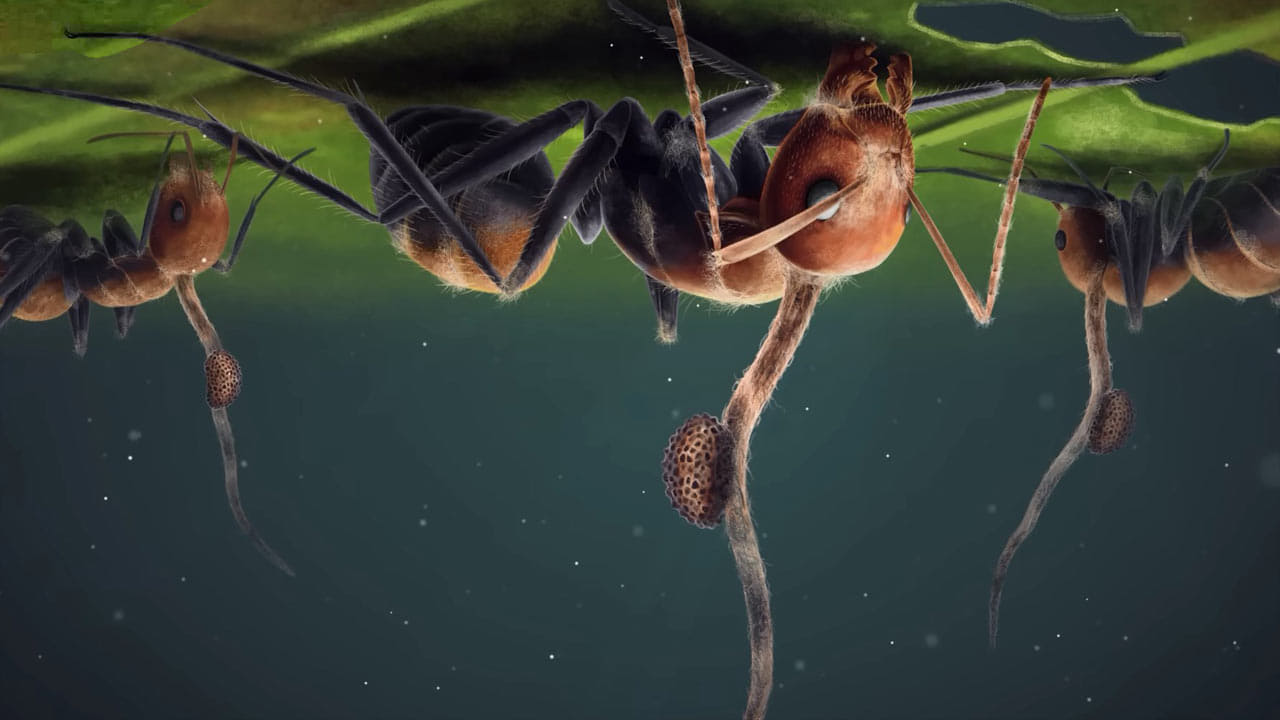
How Whale Evolution Kind Of Sucked
Episode 53 - 8-18-2022


Did An Ancient Pathogen Reshape Our Cells?
Episode 52 - 8-11-2022

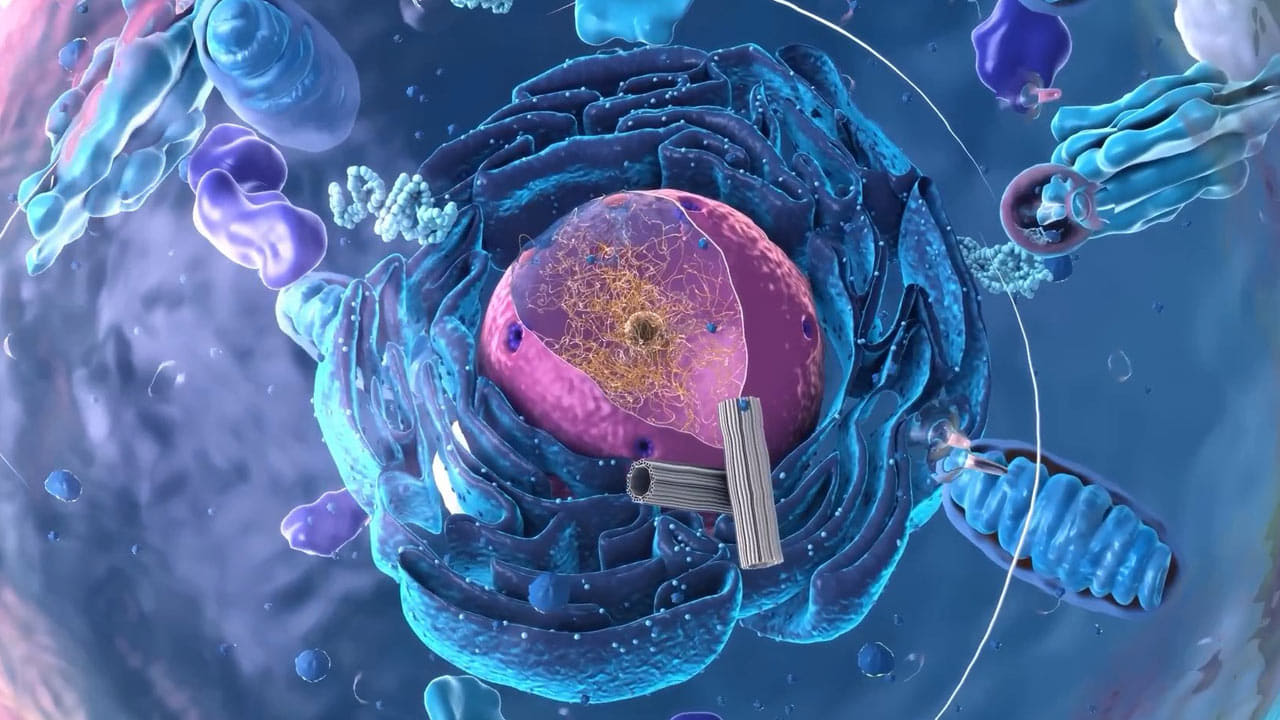
This is one of the oldest art workshops ever discovered! #shorts
Episode 51 - 8-05-2022


You can thank evolution for flesh-eating bees #shorts
Episode 50 - 8-05-2022


Someone stole two of the most important documents in the history of science #shorts
Episode 49 - 8-03-2022


This was the biggest earthquake humans ever experienced #shorts
Episode 48 - 8-03-2022


Why Does Caffeine Exist?
Episode 47 - 7-28-2022

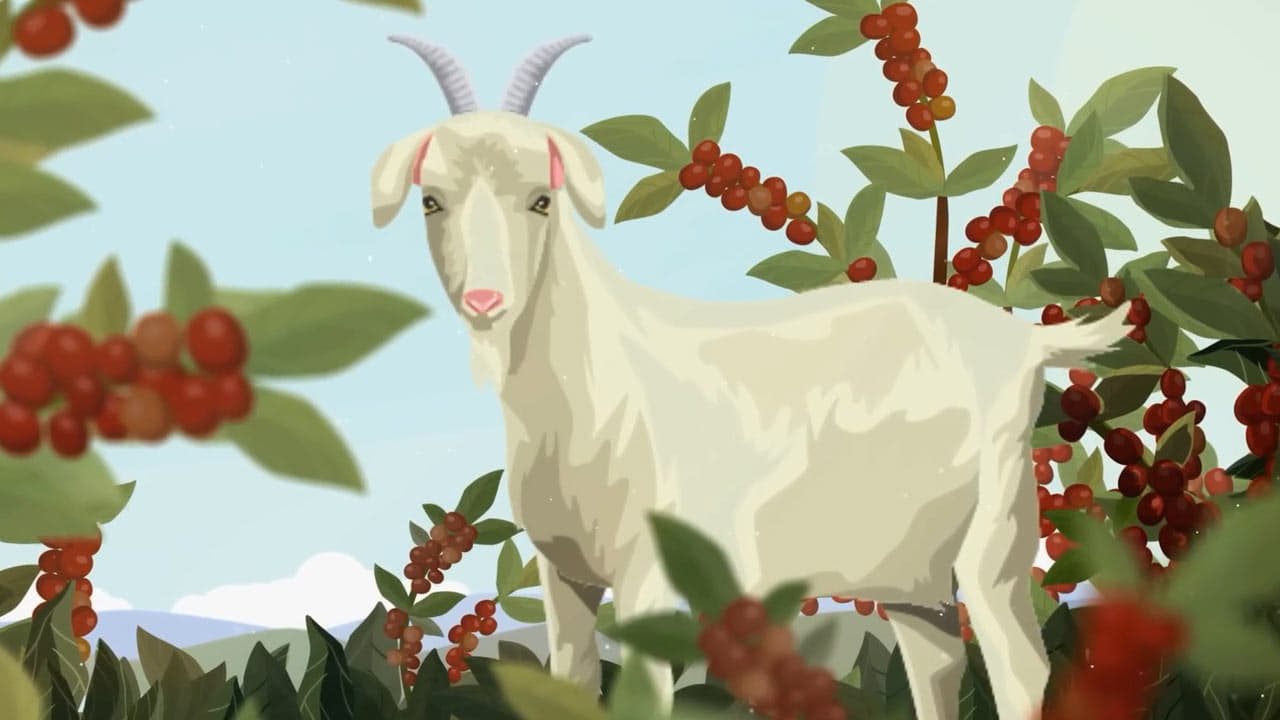
How Plate Tectonics Transformed Los Angeles
Episode 46 - 7-21-2022

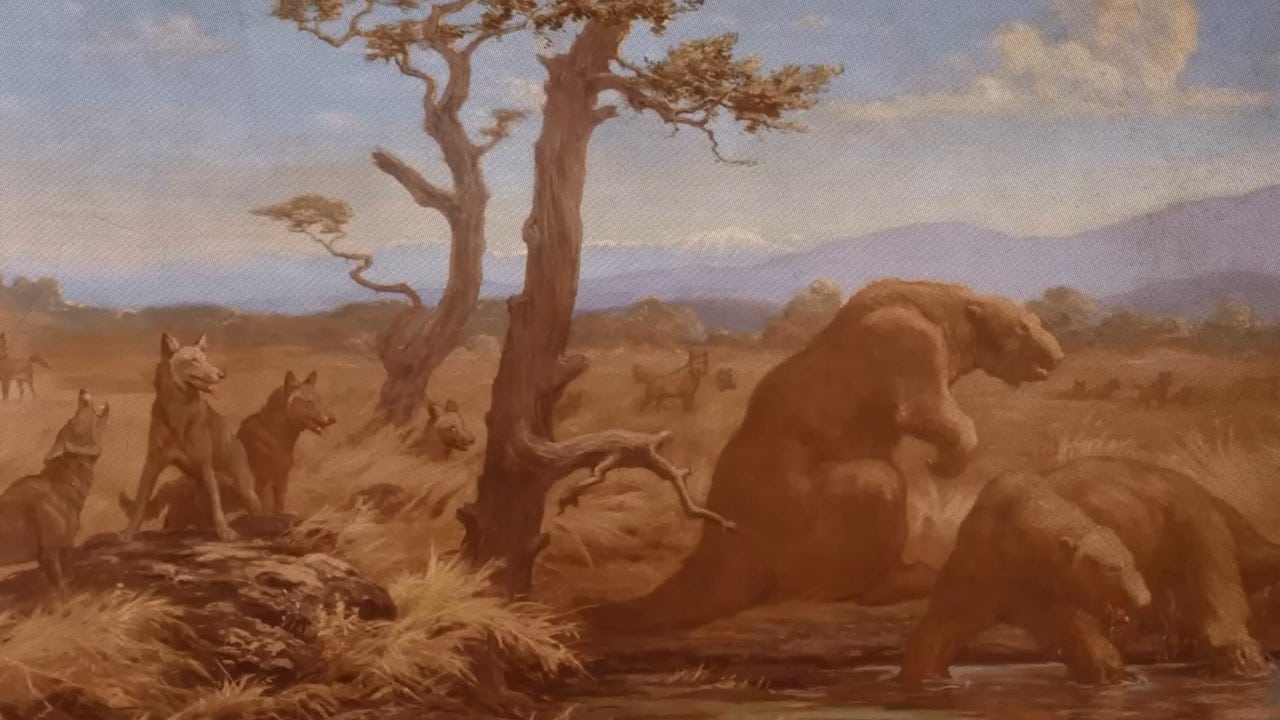
When Giant Millipedes Reigned
Episode 45 - 7-13-2022


There were dinosaurs with basically no arms at all, just hands! #shorts
Episode 44 - 7-08-2022


Another Spinosaurus study, another opportunity to debate if Spinosaurus was aquatic #shorts
Episode 43 - 7-07-2022


This new giant bacterium is visible to the naked eye #shorts
Episode 42 - 7-06-2022


Giant Viruses Blur The Line Between Alive and Not
Episode 41 - 6-29-2022

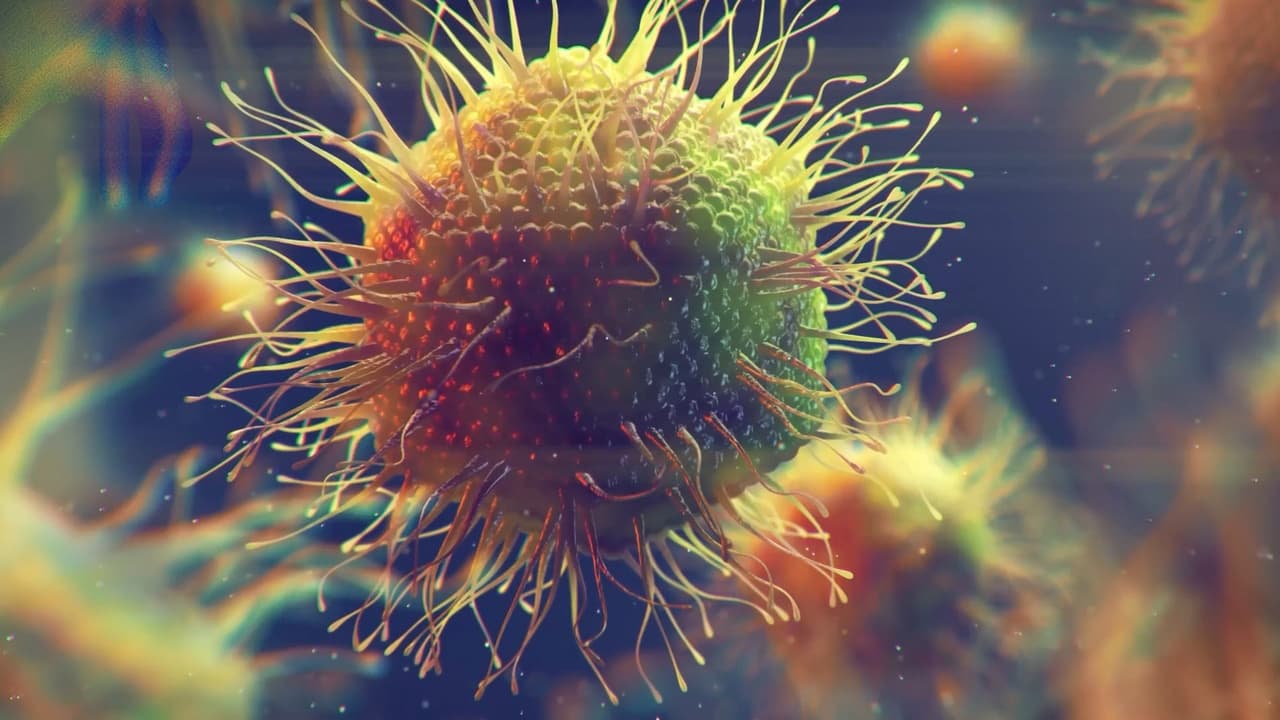
Something Has Been Making This Mark For 500 Million Years
Episode 40 - 6-15-2022


How To Build A Woolly Mammoth (But Should We?)
Episode 39 - 6-08-2022


What came first, the sabertooth or the cat? #shorts
Episode 38 - 6-03-2022


This Ice Age pup's last meal was a woolly rhino #shorts
Episode 37 - 6-02-2022


Sharks have antibacterial skin. Can we use that to save lives? #shorts
Episode 36 - 6-01-2022


What is the most successful human species? #shorts
Episode 35 - 5-31-2022


Why did so many predators die at the Cleveland-Lloyd Dinosaur Quarry? #shorts
Episode 34 - 5-27-2022


Is This The Oldest Dad In The Fossil Record?
Episode 33 - 5-26-2022


The Curious Case of the Cave Lion
Episode 32 - 5-17-2022

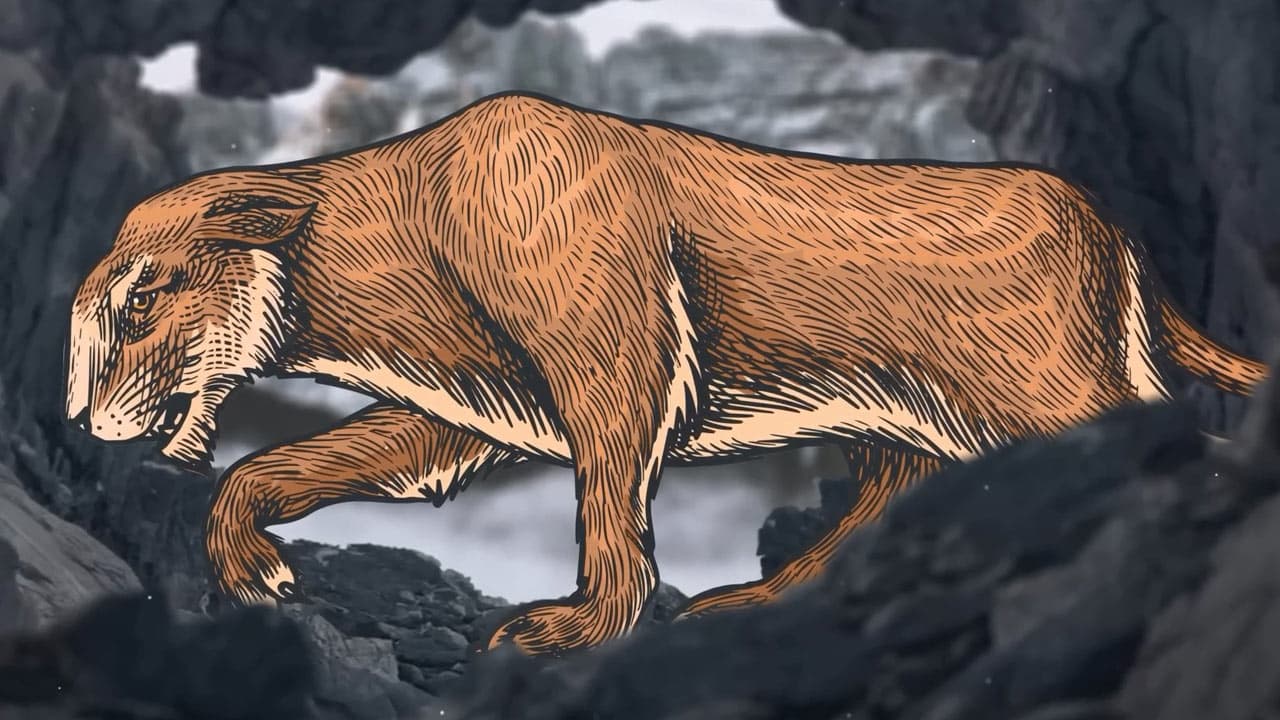
When Ants Domesticated Fungi
Episode 31 - 5-10-2022


An extinct human species was discovered deep within a cave system #shorts
Episode 30 - 5-04-2022


Why don’t rabbits get really, really big? #shorts
Episode 29 - 5-03-2022


Are there dinosaur fossils in space? #shorts
Episode 28 - 5-02-2022


The Ancient Human Species With A Missing Body
Episode 27 - 4-27-2022


Why Sour May Be The Oldest Taste
Episode 26 - 4-20-2022


We know a lot about dinosaurs but...what was the first dinosaur? #shorts
Episode 25 - 4-14-2022


How the Smallest Animal Got So Simple
Episode 24 - 4-13-2022


An ancient insect trapped in amber has a parasitic mushroom erupting out of it? #shorts
Episode 23 - 4-08-2022


Would you have survived the biggest mass extinction of all time? #shorts
Episode 22 - 4-06-2022


Someone lost the only fossil from what might’ve been the biggest dinosaur ever #shorts
Episode 21 - 4-05-2022


After this bird went extinct the first time, evolution just hit replay #shorts
Episode 20 - 4-04-2022


Who forged one of the most famous fake fossils of all time? #shorts
Episode 19 - 3-31-2022


The Extreme Hyenas That Didn't Last
Episode 18 - 3-29-2022


The Tasmanian tiger is definitely extinct. So why do people keep report sightings of them? #shorts
Episode 17 - 3-25-2022


The Sudden Rise of the First Colossal Animal
Episode 16 - 3-22-2022


Could humans survive a giant space rock colliding with Earth 66 million years ago? #shorts
Episode 15 - 3-18-2022


Only one human has been excavated from the La Brea Tar Pits #shorts
Episode 14 - 3-17-2022


When a Giant Pterosaur Ruled the European Islands
Episode 13 - 3-15-2022


A crater in Turkmenistan has been on fire for about 50 years #shorts
Episode 12 - 3-10-2022


Human knees are the worst and we have evolution to thank for that #shorts
Episode 11 - 3-08-2022


Some trees are more closely related to broccoli than to other trees #shorts
Episode 10 - 3-07-2022


Could humans survive if they traveled back in time 3 billion years? #shorts
Episode 9 - 3-04-2022


Dire wolves aren’t wolves at all #shorts
Episode 8 - 3-03-2022


Sharks nearly went extinct 19 million years ago #shorts
Episode 7 - 3-02-2022


Why We Only Have Ten Toes (It's a Long Story)
Episode 6 - 2-23-2022


How Horses Went From Food To Friends
Episode 5 - 2-16-2022


How Vertebrates Got Teeth... And Lost Them Again
Episode 4 - 2-08-2022


How the Rise of Social Insects Shrunk These Dinosaurs
Episode 3 - 1-27-2022


Primates vs Snakes (An Evolutionary Arms Race)
Episode 2 - 1-19-2022


How our deadliest parasite turned to the dark side
Episode 1 - 1-11-2022



Season 2021
When Pterosaurs Walked
Episode 31 - 12-16-2021


The Fossil Record In Your Mouth
Episode 30 - 12-09-2021


Why The Paleo Diet Couldn't Save The Neanderthals
Episode 29 - 12-02-2021


When It Was Too Hot for Leaves
Episode 28 - 11-17-2021


How Dinosaurs Coupled Up
Episode 27 - 10-28-2021


How Ancient Whales May Have Changed the Deep Ocean
Episode 26 - 10-21-2021


When Mammals Only Went Out At Night
Episode 25 - 10-07-2021


How a Mass Extinction Event Created the Amazon
Episode 24 - 9-29-2021


How a Supervolcano Ignited an Evolutionary Debate
Episode 23 - 9-23-2021


How Pollination Got Going Twice
Episode 22 - 9-16-2021


The Creature That Stumped Darwin
Episode 21 - 9-01-2021


How the Starfish Got Its Arms
Episode 20 - 8-24-2021


Where Are All the Medium-Sized Dinosaurs?
Episode 19 - 8-12-2021


The Island of the Last Surviving Mammoths
Episode 18 - 7-29-2021


The Traits That Spawned the Age of Mammals
Episode 17 - 7-21-2021


Did These Giant Sloths Poop Themselves to Death?
Episode 16 - 7-14-2021


Where Are All The Squid Fossils?
Episode 15 - 6-03-2021


How Weasels Got Skinny
Episode 14 - 5-20-2021


When Trees Took Over the World
Episode 13 - 5-12-2021


When Crocs Thrived in the Seas
Episode 12 - 4-29-2021


How To Survive the Little Ice Age
Episode 11 - 4-20-2021


How Chilis Got Spicy (and Why We Love the Burn)
Episode 10 - 4-07-2021


How Humans Became (Mostly) Right-Handed
Episode 9 - 3-24-2021


How Worm Holes Ended Wormworld
Episode 8 - 3-18-2021


Our Bizarre, Possibly Venomous, Relative
Episode 7 - 3-10-2021


The Genes We Lost Along the Way
Episode 6 - 2-24-2021


The Return of Giant Skin-Shell Sea Turtles
Episode 5 - 2-17-2021


When We First Talked
Episode 4 - 2-11-2021


The Pandemic That Lasted 15 Million Years
Episode 3 - 1-28-2021


The Reign of the Hell Ants
Episode 2 - 1-21-2021


What Happened to the World's Biggest Beaver?
Episode 1 - 1-13-2021



Season 2020
The Triassic Reptile With "Two Faces"
Episode 39 - 12-22-2020


When the Earth Suddenly Stopped Warming
Episode 38 - 12-17-2020


When Lizards Took Over the World
Episode 37 - 12-09-2020


How Humans Lost Their Fur
Episode 36 - 12-02-2020


The Rise and Fall of the Tallest Mammal to Walk the Earth
Episode 35 - 11-19-2020


How Plankton Created A Bizarre Giant of the Seas
Episode 34 - 11-10-2020


Why Do Things Keep Evolving Into Crabs?
Episode 33 - 10-28-2020


How Ankylosaurs Got Their Clubs
Episode 32 - 10-13-2020


How Plants Became Carnivores
Episode 31 - 10-07-2020


The First and Last North American Primates
Episode 30 - 9-30-2020


When Rodents Had Horns
Episode 29 - 9-15-2020


The Sea Monster from the Andes
Episode 28 - 9-10-2020


How Ancient Art Captured Australian Megafauna
Episode 27 - 9-02-2020


The Oddest Couple in the Fossil Record
Episode 26 - 8-20-2020


How We Figured Out Fermentation
Episode 25 - 8-13-2020


The Dinosaur Who Was Buried at Sea
Episode 24 - 8-05-2020


The Biggest Frog that Ever Lived
Episode 23 - 7-23-2020


The Story of the Dino Stampede
Episode 22 - 7-16-2020


How the Walrus Got Its Tusks
Episode 21 - 7-07-2020


When Dinosaurs Chilled in the Arctic
Episode 20 - 6-24-2020


The World Before Plate Tectonics
Episode 19 - 6-16-2020


When Dinosaur Look-Alikes Ruled the Earth
Episode 18 - 6-09-2020


How We Identified One of Earth’s Earliest Animals
Episode 17 - 5-28-2020


The Two Viruses That We’ve Had For Millions of Years
Episode 16 - 5-20-2020


How Plants Caused the First Mass Extinction
Episode 15 - 5-12-2020


How the Andes Mountains Might Have Killed a Bunch of Whales
Episode 14 - 4-29-2020


The Risky Paleo Diets of Our Ancestors
Episode 13 - 4-22-2020


When a Billion Years Disappeared
Episode 12 - 4-15-2020


How Dogs (Eventually) Became Our Best Friends
Episode 11 - 3-31-2020


How the Egg Came First
Episode 10 - 3-25-2020


When Penguins Went From The Sky To The Sea
Episode 9 - 3-18-2020


When the Sahara Was Green
Episode 8 - 3-10-2020


How a Hot Planet Created the World's Biggest Snake
Episode 7 - 2-27-2020


When the Rainforests Collapsed
Episode 6 - 2-19-2020


A Short Tale About Diplodocus' Long Neck
Episode 5 - 2-11-2020


How South America Made the Marsupials
Episode 4 - 2-04-2020


The Giant Dinosaur That Was Missing a Body
Episode 3 - 1-28-2020


The Neanderthals That Taught Us About Humanity
Episode 2 - 1-16-2020


That Time the Mediterranean Sea Disappeared
Episode 1 - 1-09-2020



Season 2019
The Fuzzy Origins of the Giant Panda
Episode 39 - 12-17-2019


The Forgotten Story of the Beardogs
Episode 38 - 12-12-2019


Why Male Mammoths Lost the Game
Episode 37 - 11-26-2019


When Giant Hypercarnivores Prowled Africa
Episode 36 - 11-19-2019


How We Domesticated Cats (Twice)
Episode 35 - 11-06-2019


Were These Monsters Inspired by Fossils?
Episode 34 - 10-29-2019


When Hobbits Were Real
Episode 33 - 10-22-2019


The Case of the Dinosaur Egg Thief
Episode 32 - 10-16-2019


When Antarctica Was Green
Episode 31 - 10-03-2019


When Giant Lemurs Ruled Madagascar
Episode 30 - 9-25-2019


How Pterosaurs Got Their Wings
Episode 29 - 9-18-2019


When Bats Took Flight
Episode 28 - 9-11-2019


The Raptor That Made Us Rethink Dinosaurs
Episode 27 - 8-28-2019


The Missing Link That Wasn’t
Episode 26 - 8-21-2019


Was This Dinosaur a Cannibal?
Episode 25 - 8-14-2019


When Giant Deer Roamed Eurasia
Episode 24 - 8-07-2019


How Earth's First, Unkillable Animals Saved the World
Episode 23 - 7-30-2019


How Volcanoes Froze the Earth (Twice)
Episode 22 - 7-17-2019


When We Met Other Human Species
Episode 21 - 7-09-2019


When Ichthyosaurs Led a Revolution in the Seas
Episode 20 - 6-25-2019


When the Synapsids Struck Back
Episode 19 - 6-19-2019


How Evolution Works (And How We Figured It Out)
Episode 18 - 6-11-2019


The Hellacious Lives of the "Hell Pigs"
Episode 17 - 6-05-2019


The History of Climate Cycles (and the Woolly Rhino) Explained
Episode 16 - 5-30-2019


The Ghostly Origins of the Big Cats
Episode 15 - 5-16-2019


When We Took Over the World
Episode 14 - 5-07-2019


The Croc That Ran on Hooves
Episode 13 - 5-01-2019


The Mystery Behind the Biggest Bears of All Time
Episode 12 - 4-23-2019


When We Tamed Fire
Episode 11 - 4-09-2019


When Giant Scorpions Swarmed the Seas
Episode 10 - 4-02-2019


When We First Made Tools
Episode 9 - 3-26-2019


The Giant Bird That Got Lost in Time
Episode 8 - 3-12-2019


The Island of Huge Hamsters and Giant Owls
Episode 7 - 3-05-2019


How 7,000 Years of Epic Floods Changed the World
Episode 6 - 2-27-2019


The Evolution of the Heart (A Love Story)
Episode 5 - 2-13-2019


The Island of Shrinking Mammoths
Episode 4 - 2-05-2019


The Humans That Lived Before Us
Episode 3 - 1-29-2019


How Blood Evolved (Many Times)
Episode 2 - 1-15-2019


When Humans Were Prey
Episode 1 - 1-08-2019



Season 2018
Why Megalodon (Definitely) Went Extinct
Episode 45 - 12-19-2018


When Apes Conquered Europe
Episode 44 - 12-11-2018


When Sharks Swam the Great Plains
Episode 43 - 12-04-2018


How Sloths Went From the Seas to the Trees
Episode 42 - 11-28-2018


When Camels Roamed North America
Episode 41 - 11-20-2018


When Birds Stopped Flying
Episode 40 - 11-14-2018


When Rodents Rafted Across the Ocean
Episode 39 - 11-06-2018


The Two People We're All Related To
Episode 38 - 10-23-2018


Your Place in the Primate Family Tree
Episode 37 - 10-16-2018


When Giant Amphibians Reigned
Episode 36 - 10-09-2018


Can We Get DNA From Fossils?
Episode 35 - 10-02-2018


Did Raptorex Really Exist?
Episode 34 - 9-18-2018


When We First Walked
Episode 33 - 9-11-2018


Life, Sex & Death Among the Dire Wolves
Episode 32 - 9-06-2018


The Rise and Fall of the Bone-Crushing Dogs
Episode 31 - 8-28-2018


How a Supervolcano Made the Cenozoic’s Coolest Fossils
Episode 30 - 8-22-2018


How Horses Took Over North America (Twice)
Episode 29 - 8-14-2018


When Birds Had Teeth
Episode 28 - 8-07-2018


When Fish Wore Armor
Episode 27 - 7-24-2018


The Mystery of the Eocene’s Lethal Lake
Episode 26 - 7-17-2018


When Insects First Flew
Episode 25 - 7-10-2018


FAQs From Our First Year
Episode 24 - 7-03-2018


How the T-Rex Lost Its Arms
Episode 23 - 6-26-2018


When Fish First Breathed Air
Episode 22 - 6-19-2018


Where Did Viruses Come From?
Episode 21 - 6-12-2018


Why Triassic Animals Were Just the Weirdest
Episode 20 - 6-05-2018


That Time It Rained for Two Million Years
Episode 19 - 5-22-2018


From the Fall of Dinos to the Rise of Humans
Episode 18 - 5-16-2018


The Weird, Watery Tale of Spinosaurus
Episode 17 - 5-08-2018


The Age of Reptiles in Three Acts
Episode 16 - 5-02-2018


How the Chalicothere Split In Two
Episode 15 - 4-24-2018


How the Squid Lost Its Shell
Episode 14 - 4-17-2018


What Was the Ancestor of Everything?
Episode 13 - 4-11-2018


Inside the Dinosaur Library
Episode 12 - 4-02-2018


The Most Useful Fossils in the World
Episode 11 - 3-26-2018


What a Dinosaur Looks Like Under a Microscope
Episode 10 - 3-19-2018


How the Turtle Got Its Shell
Episode 9 - 3-12-2018


The Other Explosion You Should Know About
Episode 8 - 3-05-2018


How Sex Became a Thing
Episode 7 - 2-26-2018


From the Cambrian Explosion to the Great Dying
Episode 6 - 2-20-2018


The Whole Saga of the Supercontinents
Episode 5 - 2-12-2018


The Great Snake Debate
Episode 4 - 2-05-2018


Untangling the Devil's Corkscrew
Episode 3 - 1-29-2018


The Time Terror Birds Invaded
Episode 2 - 1-22-2018


How Two Microbes Changed History
Episode 1 - 1-15-2018



Season 2017
When Giant Fungi Ruled
Episode 24 - 12-18-2017


What Happened to the World's Greatest Ape?
Episode 23 - 12-11-2017


The Last Time the Globe Warmed
Episode 22 - 12-04-2017


The Facts About Dinosaurs & Feathers
Episode 21 - 11-27-2017


The Search for the Earliest Life
Episode 20 - 11-20-2017


A Brief History of Geologic Time
Episode 19 - 11-06-2017


An Illustrated History of Dinosaurs
Episode 18 - 10-30-2017


When Whales Walked
Episode 17 - 10-23-2017


'Living Fossils' Aren't Really a Thing
Episode 16 - 10-16-2017


When The Earth Was Purple
Episode 15 - 10-09-2017


How Did Dinosaurs Get So Huge?
Episode 14 - 10-02-2017


History's Most Powerful Plants
Episode 13 - 9-26-2017


The Age of Giant Insects
Episode 12 - 9-18-2017


The Strange Case of the Buzzsaw Jaws
Episode 11 - 9-11-2017


The Extinction That Never Happened
Episode 10 - 8-28-2017


Dimetrodon: Our Most Unlikely Ancestor
Episode 9 - 8-21-2017


The Biggest Thing That Ever Flew
Episode 8 - 8-14-2017


That Time Oxygen Almost Killed Everything
Episode 7 - 8-07-2017


The Story of Saberteeth
Episode 6 - 7-31-2017


What Colors Were Dinosaurs?
Episode 5 - 7-24-2017


Stegosaurs: Tiny Brains & Thagomizers
Episode 4 - 7-17-2017


The Tully Monster & Other Problematic Creatures
Episode 3 - 7-11-2017


When Did the First Flower Bloom?
Episode 2 - 7-03-2017


The Trouble With Trilobites
Episode 1 - 6-26-2017




